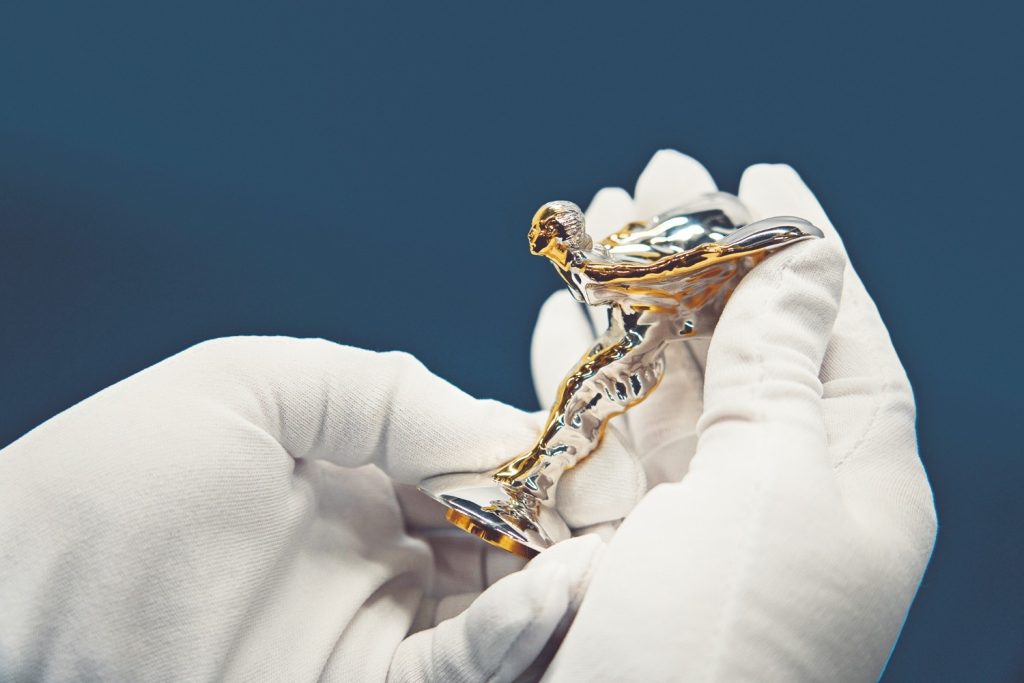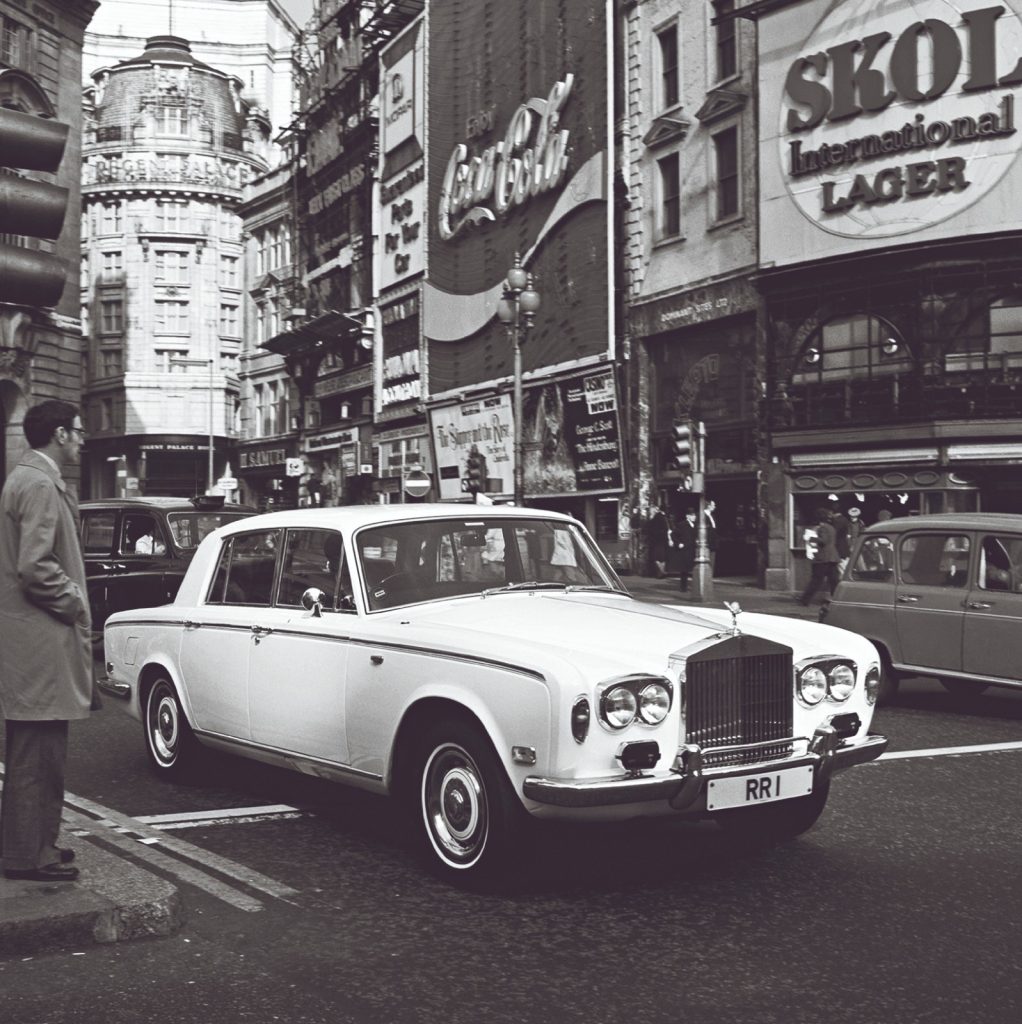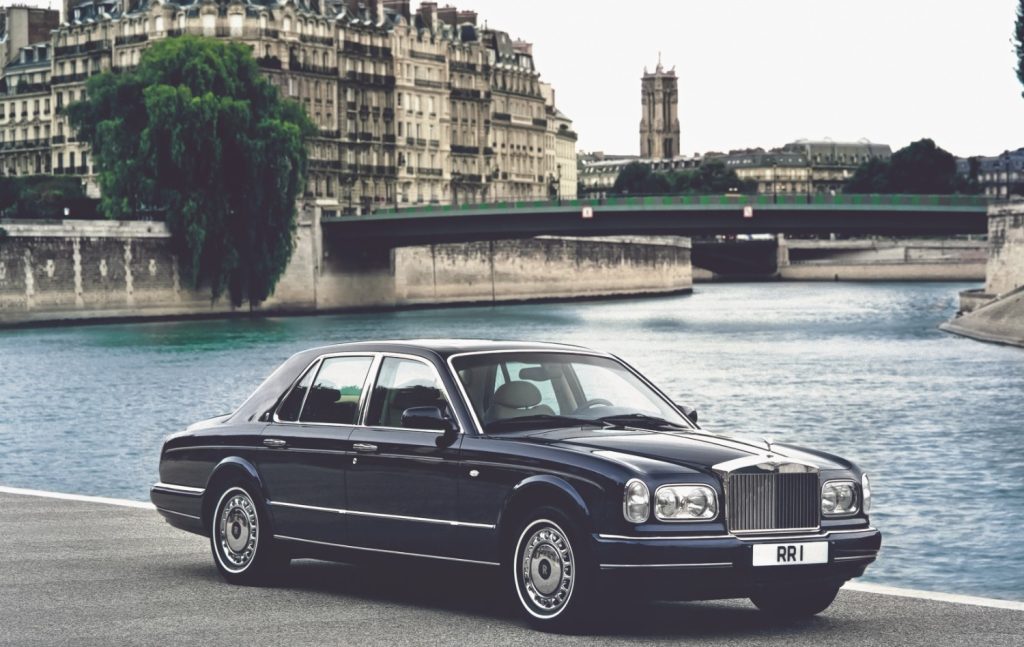Rolls Royce Celebrates One Hundred Years of Phantom With A Look Back At All Eight Generations
The car of kings, captains and dreamers marks its centenary with unrivalled legacy
There are creations that aspire to greatness, there are inventions that achieve admiration, and then there are rare masterpieces that transcend time itself. The Rolls-Royce Phantom belongs securely in the last category. It is not just a motor car but an emblem of permanence amid the f lux of history, and a century-long meditation on the pursuit of perfection. The Phantom was envisioned as a carriage of eminence — a stage upon which the most powerful figures of the 20th and 21st centuries would glide into view. From monarchs crowned in palaces to rock stars storming concert halls, the Phantom has carried them all with dignity.

The Dawn Of An Icon
When the Phantom I appeared in 1925 it succeeded the legendary Silver Ghost, which had already established Rolls-Royce as the custodian of superb engineering. Yet the Phantom was different. With a refined six cylinder engine and an aura of silent power it immediately set new standards for refinement and reliability. The wealthiest patrons of the age flocked to it, yet they did not purchase it off the shelf. Instead they commissioned it, for in those days Rolls-Royce provided the chassis and the mechanicals while master coachbuilders sculpted bespoke bodies. Thus, the Phantom became a gallery of artistry on wheels, each car unique to its owner, from stately limousines to graceful tourers. It was never a mere possession. It was a creation.
The Phantom Across the Ages
The second generation Phantom, unveiled in 1929, refined the formula with a new chassis that offered greater comfort and handling. At a time when the world was descending into the Great Depression the Phantom remained a symbol of constancy, a reminder that excellence endures even in adversity.
T he Phantom III arrived in 1936 with a magnificent twelve cylinder engine, the first in a Rolls-Royce, representing the pinnacle of pre-war engineering. Production ceased with the outbreak of the Second World War, yet its brief life left an indelible impression.
The Phantom IV, produced after the war between 1950 and 1956, was the rarest of them all with only eighteen built. It was reserved exclusively for royalty and heads of state. This exclusivity elevated it from an object of desire to a veritable crown jewel of diplomacy.
The Phantom V, produced from 1959 to 1968, became both a royal chariot and a pop culture icon. It ferried Queen Elizabeth the Second to formal ceremonies even as it conveyed the Beatles through adoring crowds. Few cars have managed to embody both continuity and rebellion with equal aplomb.
The Phantom VI, introduced in 1968 and produced until 1990, became inseparable from state pageantry. It rolled through London during royal weddings and solemn state occasions, its silhouette etched into the collective memory of a nation.
After a pause, the Phantom returned in 2003 under the guardianship of BMW with the Phantom VII. Built at Goodwood, it marked a renaissance for Rolls-Royce. Modern engineering and classical grandeur was fused into a car that reaffirmed the marque as the ultimate custodian of luxury.
The Phantom VIII, launched in 2017, continues the legacy with its Architecture of Luxury platform, its Gallery dashboard that allows patrons to commission original artworks, and its seamless integration of contemporary technology with old world craftsmanship. The exterior, with its imperious yet restrained presence, has been ever so delicately enhanced with a revised Pantheon grille that gleams with aristocratic composure while new light signatures impart a modern luminescence without disturbing the aura of timeless dignity. Within, the interior continues to be a cocoon of tranquillity.

Power And Presence
More than any other car, the Phantom is synonymous with authority. Its silent arrival communicates gravitas without ostentation. Statesmen have preferred it because it projects permanence. Monarchs have chosen it because it reassures their subjects. And yet artists and celebrities have also embraced it because it allows them to transform tradition into spectacle. When John Lennon had his Phantom V painted in vibrant psychedelic colours it did not diminish the car’s dignity. It reimagined it. The Phantom has always had the capacity to reflect its owner.
The Rolls-Royce Bespoke Collective
Central to the Phantom is the philosophy of personalisation. In the 21st century this philosophy has reached new heights through the Rolls-Royce Bespoke Collective, a team of designers and artisans dedicated to turning imagination into material reality. Patrons may request paint that replicates the hue of a Mediterranean sunset glimpsed once on holiday, leather-dyed to match an heirloom handbag, or a headliner studded with constellations that map the stars on the night.

The Craft of Eternity
What separates the Phantom from other luxury cars is not merely the abundance of fine materials but the obsessive devotion to craftsmanship. Leather is selected from herds that graze in climates free of barbed wire so that no blemish mars the hide. Wood veneers are matched so that the grain flows seamlessly from door to dashboard. Paint is applied in multiple layers until its depth seems almost liquid. Every stitch, every seam, every polished surface speaks of hours of human dedication. The Phantom has been more than a participant in history. It has been a witness. It carried leaders like Winston Churchill, Dwight Eisenhower and Charles de Gaulle in victory parades. It has conveyed generations of British royalty through processions that defined national memory. It has appeared in cinema, not as a prop but as a character, embodying wealth and power in films from James Bond adventures to Hollywood epics.
The Centenary Celebration
As 2025 marks 100 years of the Phantom, Rolls-Royce is expected to honour its most celebrated model with exhibitions, commemorative editions and bespoke commissions that will themselves become collectors’ treasures.
Looking Forward
The future of luxury motoring is electric, and Rolls-Royce has already embraced this with the Spectre, its first fully electric production model. Yet even as the marque advances into this new era, the Phantom remains the crown jewel. The Phantom of the future will continue to glide in silence, but that silence will be electric rather than mechanical. Its aura, however, will remain unchanged.
As it completes a century the Rolls-Royce Phantom stands as a creation beyond compare. It is not merely a car but a cultural artefact, a symbol of continuity in a world of change, and a testament to the human capacity for artistry and imagination. To own
a Phantom is to partake in history, to commission one is to shape the future, and to see one pass by is to witness majesty made mobile.